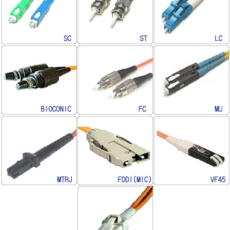In order to detect the unidirectional links before the forwarding loop is created, Cisco designed and implemented the UDLD protocol. UDLD is a Layer 2 (L2) protocol that works with the Layer 1 (L1) mechanisms to determine the physical status of a link. At L1, auto-negotiation takes care of physical signaling and fault detection. UDLD performs tasks that auto-negotiation cannot perform, such as detecting the identities of neighbors and shutting down misconnected ports. 
When you enable both auto-negotiation and UDLD, L1 and L2 detections work together to prevent physical and logical unidirectional connections and the malfunctioning of other protocols. UDLD works by exchanging protocol packets between the neighboring devices. In order for UDLD to work, both devices on the link must support UDLD and have it enabled on respective ports.
Each switch port configured for UDLD will send UDLD protocol packets containing the port’s own device/port ID, and the neighbor’s device/port IDs seen by UDLD on that port.
Neighboring ports should see their own device/port ID (echo) in the packets received from the other side. If the port does not see its own device/port ID in the incoming UDLD packets for a specific duration of time, the link is considered unidirectional.
Reference: http://www.cisco.com/warp/public/473/77.html




 The www.ipBalance.com runs by a volunteer group with IT professionals and experts at least over 25 years of experience developing and troubleshooting IT in general. ipBalance.com is a free online resource that offers IT tutorials, tools, product reviews, and other resources to help you and your need.
The www.ipBalance.com runs by a volunteer group with IT professionals and experts at least over 25 years of experience developing and troubleshooting IT in general. ipBalance.com is a free online resource that offers IT tutorials, tools, product reviews, and other resources to help you and your need.

![[Splunk] – Basic search fields and commands logo_splunk.png](https://ipbalance.com/wp-content/uploads/2009/06/logo_splunk-100x80.png)
